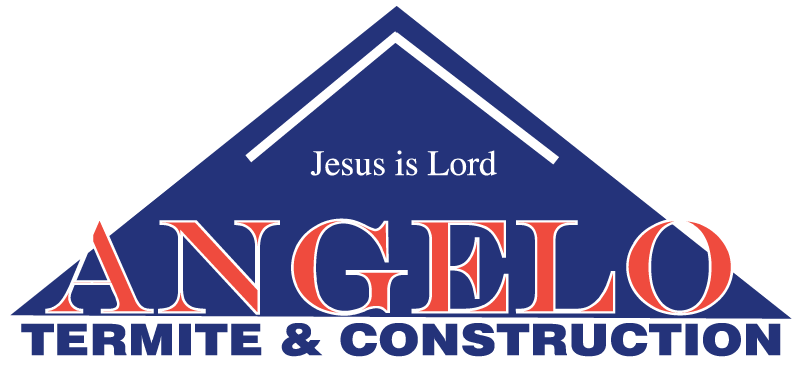Termites
Dry wood (non-subterranean) termites as well as subterranean termites occur in California.
North America has over 50 species of termites, the three most prominent species:
- • Subterranean Termites
- • Dry-wood Termites
- • Damp-wood Termites
Localized Treatment
Dry-wood (non-subterranean) termites as well as subterranean termites occur in California.
Dry-wood Termites infest dry wood and do not require contact with the soil. The subterranean species must nest in the soil or near a water source in order to survive. Signs of infestations by dry-wood termites and control measures differ drastically from those for subterranean termites.
Dry-wood termites
- Occur in small colonies in isolated wood pieces. Multiple colonies can infest a structure simultaneously
- Control methods include whole structure fumigation, spot treatment with EPA approved insecticides. Dry-wood termites remain hidden within the wood or other material on which they feed, so they are seldom seen. Fecal pellets are ejected periodically, while swarmers fly from colonized wood in late spring and summer.
Subterranean termites
- Live and thrive in the soil. Mud Tubes are constructed by the colony for passage from the soil to the infested structure
- Damage created is massive in comparison to the Dry-wood Termite, mainly due to the large number of termites within the colony.
Indicators of termite activity, Structural damage and Liability exposure can be clearly visible and demand an action force to resolve the situation before damage increase and liability. Contact us for inspection and scope of project for a full service response to your infrastructure. Wisdom and action go a long way in being Pro Active.
Angelo Termite
Licensed as a Structural Pest Control Operator, General Contractor & Roofing Contractor, there is no job that we cannot conquer.

It is important to “Know the Condition of Your Properties”. Being PROACTIVE when Wood Destroying Pests & Organisms are present is the key to reduce hazardous conditions to the occupants and liability exposure to the owners and management. Common area exterior inspections, such as Balcony, Decks and high traffic areas can be key to identifying existing conditions which may be hazardous or a liability issue.


